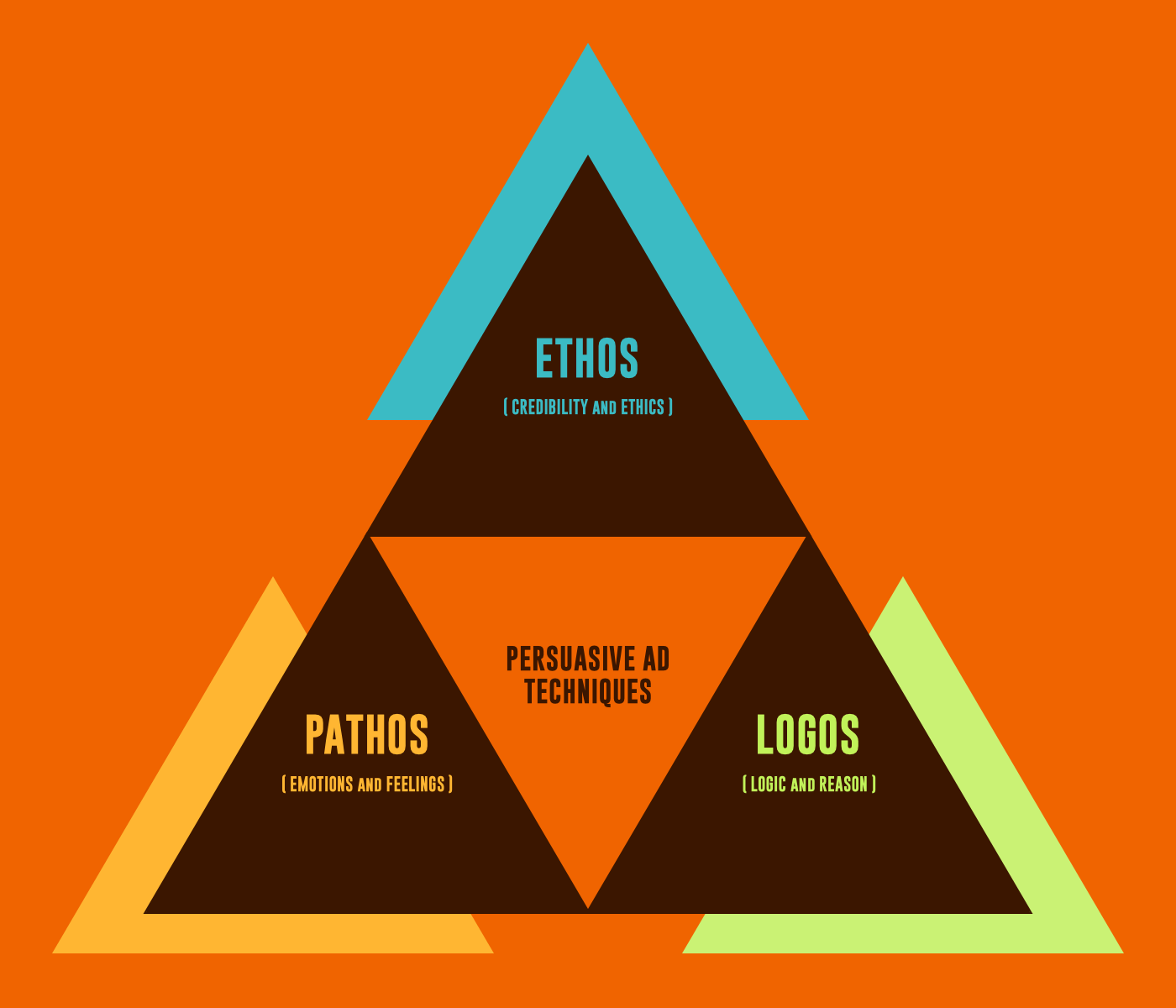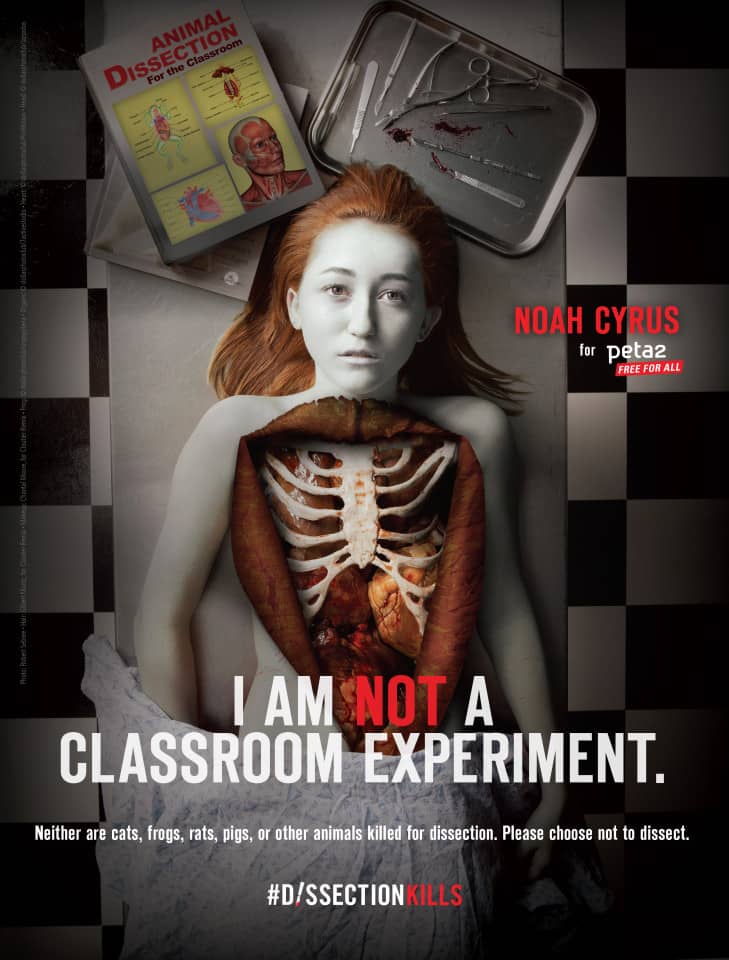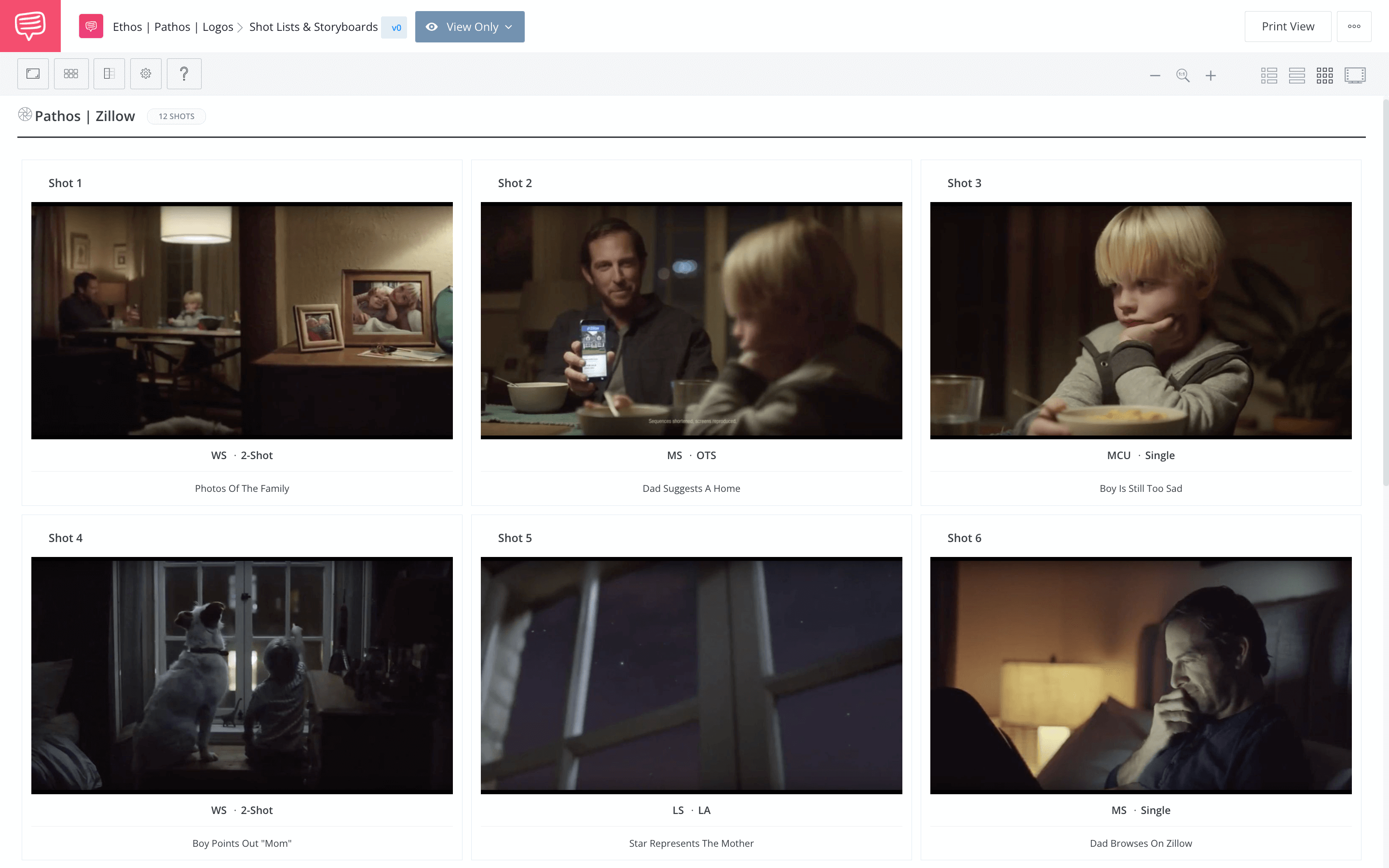Want to stir your viewers’ emotions? Whether you’re shooting a commercial, planning a pitch, or training your sales team, you need to know how to connect where it counts. Make the audience feel it. Okay, sounds good, but how? Aristotle’s got you covered. In the fourth century B.C., the ancient Greek philosopher posited three modes of persuasion that endure to this day. Aristotle’s “rhetorical triangle” — ethos, pathos, and logos — continues to fuel the best in advertising. So, what is pathos? We’ll give you a pathos definition, lots of useful pathos examples, and a practical grasp of the heavy concepts. Get ready to up your audience engagement and produce more compelling content.
Define pathos
Understanding Pathos
Inject your video productions with feeling and emotion. Energize your audience to fix their eyes on the screen, unable to turn away. Make sure they can’t stop thinking about your content long after it’s over.
Impossible? Nope. Pathos will get you there.
We’ll jump into a full-fledged pathos definition in a sec. First, let’s look at rhetoric and all three major categories of Aristotle’s rhetorical techniques.
It’s a good idea to become well-versed in all three if your goal is to make powerful content.
These techniques also go by other terms: rhetorical appeals, persuasive strategies, and modes of persuasion.

Rhetorical triangle of persuasive advertisment techniques: Ethos, Pathos, and Logos
A compelling argument, pitch, or advertisement ideally uses elements of all three strategies.
Ethos is used to convince an audience by offering reliability, honesty, and credibility. This usually means a respected authority figure or celebrity giving a product or brand a testimonial or endorsement.
An ethos-filled strategy would include famous people or experts in their field. These people would influence the audience based on authority or superior social status.
Logos appeals to logic and reason by using statistics, facts, and figures. Aristotle considered this the biggie. These days, not so much. Rationality has fallen in stature, which makes all three modes of persuasion equally important.
A logos-filled strategy would contain data, facts, graphs, and an almost academic or scientific level of logic and reason.
Now that you’ve got an overview, let’s zero in on this corner of the rhetorical triangle. What is pathos?
PATHOS DEFINITION
What is pathos ?
Pathos is the persuasive technique that appeals to an audience through emotions. Pathos advertisement techniques invoke the senses, memory, nostalgia, or shared experience. Pathos examples pull at the heartstrings and make the audience feel. Aristotle’s rhetorical strategies from ancient Greece relate to pity, sympathy, and empathy. Pathos is also known as “the emotional appeal.” A quick way to appeal to a viewer’s emotions? A cute animal. A devastated family. A love story. Overcoming great odds. An inspirational song and imagery. A good zinger.
Pathos advertisement examples:
- Adorable polar bears drink Coke
- Cuddly kittens need a home
- A little boy loses his mom to smoking
The basic idea behind pathos commercials is to hit ’em where it counts. Go for gut emotions.
Keep in mind that pathos is defined twofold: it’s the emotional appeal, as well as the “quality or power” of the emotional response. In this way, the effective use of this strategy is right there in the pathos definition.
Worried about coming across as treacly, sappy, or cheesy if you carry out a pathos advertisement technique? Well, that’s a risk — but risk it.
Do your homework, read this article, watch our pathos examples below, and hone your tone. For every three viewers who roll their eyes at a pathos advertisement, three more will be weeping uncontrollably. And opening their wallets to buy your product.
Or pumping their fists in the air, singing along, and screaming out their credit card number.
You get the idea.
The good news? These ads appeal to emotions and feelings that people already have in their hearts. You don’t have to use reason and facts (i.e., logos) and you don’t need a bigshot spokesperson (i.e., ethos) to effectively make advertisements that use pathos.
You just have to evoke an emotional response, positive or negative.
Did You Know?
Pathos isn’t only about ads. It applies to any art, literature, film, and news medium as well. Whenever emotion or passion comes across in content, you'll find this strategy.
Maybe you’ve heard the word pathos used in English class. Maybe you’ve read it in a movie review or heard someone say it in a speech, but you haven’t quite wrapped your head around it.
Before we move on to pathos advertisement examples, let’s use it in a sentence. This way, you’ll see Aristotle rhetoric at work in language.
This comes from a review of the HBO film My Dinner with Hervé (2018):
“To see Dinklage bring such humanity and pathos to such a complexly unhappy character was the most profound aspect of the film.” —Asia Frey
In the context above, pathos means “quality of emotion” or “passion.”
Again, here’s another usage.
This is from a book review for the biography After Emily:
“Scandal and pathos abound in Mabel’s passionate, quixotic romance with Dickinson’s brother; her fraught relationship with his wife; and Millicent’s battle over the rights to Dickinson’s writings.” —The New Yorker
What does pathos mean?
Pathos means passion. Emotion. Feeling. Drama.
Connection in its rawest form.
You’ll want to flex these muscles when you make pathos advertisements and pathos commercials. Invigorate your audience — that’s the pathos definition.
We’ll look at examples next.
PATHOS EXAMPLES
Ads that use pathos to evoke distress
When a brand wants to connect to an audience with a gut-punch or an appeal to the heart, a pathos advertisement strategy fits the bill.
Why go for an emotional response? Wouldn’t, say, a weepy tale just make a potential customer associate your product with sadness and heartbreak? Doesn’t a gloomy or fear-mongering vibe send a viewer shuffling to the corner in tears instead of skipping to the store to buy your product?
Well, if played the wrong way, yes. Advertisements that use this rhetorical strategy can backfire. The tone can be off, the message jumbled and lost.
But when pathos commercials hit, they hit hard. A tenet of marketing (and psychology) is that people “feel first, think second.” So make them feel it. That’s how to use the pathos definition to the fullest in creative advertising.
If you want a really strong example of Pathos in an advertisement, check out this emotional Zillow spot. We broke the spot down using StudioBinder's storyboard creator. Click the image to see the entire storyboard. And notice how the shots on the son are often singles and medium close-ups:
Pathos example in advertisment • Shot Listed in StudioBinder
This Zillow commercial shows a father and son who have just suffered the terrible loss of their wife/mother. The father tries to cheer his son up by finding a new home, one preferably near the boy's grandparents.
The son seems disinterested, but then the father finds his son and the family dog looking up at the stars, one of which is particularly bright. The son decides that the star is his mother, looking down on him.
That gives the father an idea:
Pathos example in a Zillow Commercial
The father searches on Zillow, finds a home, and buys it. We then learn that the home is not only close to the grandparents, but it also has a skylight in the son's room, allowing him to see his Mother's star at night.
This commercial uses the emotions of the father, the son, the grandparents, and of course the viewer to suggest that Zillow is the type of website that can balm grief through its functionality.
Anti-smoking ads make effective use of this strategy.
Sad? Yes, but they get the job done.
What does pathos mean to the anti-smoking effort? Fear and sadness, for a start
And then we find pathos advertisement examples that literally go straight for the heart. Check out this commercial for the British Heart Foundation.
Ads like this define pathos as a wake-up call to the audience
Unpleasant or negative emotions work. They connect, they have feeling, and, for better or worse, they’re alluring. Think of the trainwreck effect — you can’t look away. That could be you, or someone you love.
When examining pathos advertisement examples, we’ll find that even happiness can make you cry. Sometimes a tale is so touching, so gut-wrenching and uplifting, that it’s sad in a good way.
What are we talking about? What does pathos mean in this sense? Have a look at this commercial for Coldwell Banker and you’ll get the idea.
Your real estate agent might define pathos as a rescue dog moving into your house
The above story of two lonely souls coming together manages to uplift the viewer, but it also makes the viewer choke up. That’s the pathos definition at work. The emotional appeal goes straight for the audience’s heart. It doesn’t hurt that one of the two lonely souls in this story is an adorable pooch.
And what does this have to do with Coldwell Banker, a real estate company? Not much.
This pathos commercial reveals that Coldwell Banker partners with a dog rescue organization. That’s compassionate and noble. But the company sure doesn’t shy away from exploiting the partnership for pathos advertisement purposes.
Know what? Good for them. It’s effective, it’s heartfelt, and it provides us with a topnotch pathos example to share in this article. A viewer who watches this ad will think of Coldwell Banker as “the company that loves puppies,” and that’s a useful takeaway for the brand.
Pathos advertisement examples include print publications as well. Magazines, billboards, street snipes, bus bench ads — all opportunities for advertisers to define pathos and use Aristotle rhetoric.
People for the Ethical Treatment of Animals (PETA) publishes attention-grabbing ads that evoke unpleasant emotions all the time. They’re good at it, and the pathos ads bring attention to the organization and its cause.
Here’s an example from PETA.

Advertisements that use pathos literally rip you open to make you feel it
What does pathos mean to the youth-oriented branch of PETA, which is called PETA2? Well, it means evoking alarm, disgust, fear, and sadness in the audience by slicing open Noah Cyrus, aka “Miley’s little sister.”
The goal is to show the horror of animal dissection.
Goal achieved.
In the next section, we’ll look at pathos examples that make an emotional appeal for having fun and feelin’ good. You know you want to keep reading.
Related Posts
PATHOS ADS
Ads that use pathos to rouse elation
The pathos definition in advertising isn’t all doom and gloom. Sadness, distress, fear, crying — it doesn’t always have to be this way.
When a product or brand wants to start the party, Aristotle is the first name on the guest list. Why? Dude knows how to define pathos and energize the audience. The ultimate party catalyst. He even wore a toga.
In this pathos example, Coca-Cola kicks off the holiday party with a family of polar bears.
Coke commercials make the audience feel good
What does pathos mean to Coke? It means a warm, fuzzy, happy feeling of togetherness and belonging. And, in the process, it means putting a Coke in your hand.
Comedy can also prompt happiness. Heineken defines pathos as relatability, laughter, and a Fort Knox-level quantity of beer.
Pathos advertisement examples use comedy to relate to the audience
Notice that both of the pathos examples above don’t have a celebrity spokesperson, and they don’t cite any facts or figures. No need for ethos or logos in these spots — they do the job well. Aristotle rhetoric at work.
Here’s a pathos advertisement from Pringles that pushes all the right buttons — or, more accurately, it calls out all the right voice prompts, since no actual buttons are pushed.
Every element of the pathos definition plays into this funny Pringles commercial
The initial light, frivolous tone of the commercial takes a dark turn before an abrupt shift back to levity. This U-turn effect enhances the spot’s comedy and makes its contrasting emotions all the more powerful.
It even includes a well-known feel-good song, “Funkytown.” A perfect positive pathos example.
Another offshoot of the pathos advertisement world is Fear of Missing Out, or FOMO. What’s this? It’s a modern incarnation of what used to be called “the bandwagon effect.”
The idea? Everybody’s digging it. You should, too!
Check out this commercial for Evian.
Evian defines pathos as a bottle of water and an impromptu dance party
Whether you call it bandwagon propaganda, FOMO, or peer pressure, the appeal is emotional. It doesn’t require celebrities or statistics and logic — just a peppy tune and a suggestion that you don’t want to be left behind.
Take your new understanding of the pathos definition and elevate your next project.
What does pathos mean again? It’s a quality or appeal that evokes pity, sadness, joy, or another emotion. It’s called “the emotional appeal” for a reason.
And remember that when we define pathos, we consider the big picture of Aristotle rhetoric. Ethos, pathos, and logos all compose the rhetorical triangle.
So commit the pathos definition to memory, rewatch these pathos examples, and use what you’ve learned.
Related Posts
Learn More Logos Ethos and Pathos
Comparing other techniques
There are many types of rhetorical strategies. To get a full picure on how they work together, or when to use which rhetorical strategies, explore the full guide below.
Everything About Rhetorical Appeals
Each of these rhetorical strategies can be effective in its own way. When combined, their potential effects grow exponentially. To fully understand the power of persusaion, these are the tools you need.
UP NEXT
Explore more rhetorical devices
Pathos is a highly effective rhetorical appeal but there is much more to explore, including kairos and logos. Or dive into more rhetorical devices that help construct and support these appeals, including metaphor, hypophora, and alliteration. When you've mastered these techniques, your ability to convince and persuade in your writing will be unmatched.

